B560 vs Z590 Motherboards : What’s The Difference?
We Compare These Two Intel Rocket Lake Compatible Motherboards To See Which Type Is Best For You
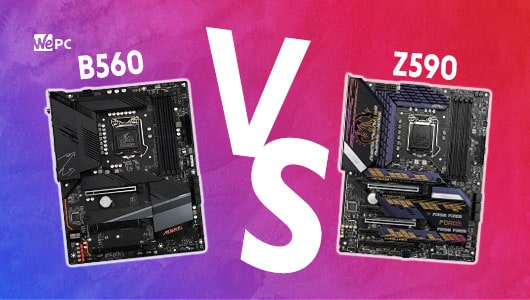
The B560 and Z590 are among the latest generation of Intel-compatible motherboards, both of which can be used in conjunction with either 10th gen Comet Lake or 11th gen Rocket Lake Intel CPUs. But what are the differences between the two?
In the following article, we will be walking you through the differences between the specifications of the two motherboard types, discussing price and performance differences, and ultimately helping you decide which motherboard is right for you.
We will also be listing some of the best models of each motherboard type and where to buy them.
That being said, let’s dive right in!
B560 vs Z590 Specifications
As you can see below there are a lot of similarities between B560 motherboards and Z590 motherboards: both have at least one PCIe 4.0 slot available for a GPU and one for an M.2 SSD. Both also support RAM overclocking.
Generally speaking, the main difference between the two board types is that the Z590 motherboards permit CPU overclocking, whereas the B560 motherboards do not. Furthermore, the Z590 boards tend to have a greater number of PCIe 4.0 slots available.
| B560 | Z590 | |
|---|---|---|
| CPU Chipset Uplink | PCIe Gen 4 | PCIe Gen 4 |
| CPU Graphics Support | x16 PCIe Gen 4 | x16 PCIe Gen 4 |
| Dual Graphics Support? | mostly single x16 PCIe, some models have dual | mostly dual x16 PCIe |
| CPU Storage Support | mostly 1x M.2 PCIe Gen 4 with additional M.2 PCIe Gen 3 | More M.2 PCIe Gen 4 slots |
| USB Port Support (model dependent) | USB 3.2 Gen 2 | USB 3.2 Gen 2 |
| CPU Overclocking Support | No | Yes |
| RAM Overclocking Support | Yes | Yes |
The Differences Between B560 And Z590 Motherboards
As discussed above, Z590 motherboards allow CPU overclocking, whereas B560 don’t. This is due to the more advanced Voltage Regulator Module and general differences in architecture used to support overclocking in the Z590 boards. Overall this is reflective of the fact that Z590 boards are the more premium option that usually come with higher price tag for those looking to build a high-end enthusiast level build, whether they be a gamer or a workstation user, where they’re spending money on an expensive CPU.
It’s more advisable that those looking to put together a mid-level gaming machine with that level of budget, focus instead on spending their money on an advanced GPU, in which case they are unlikely to need a Z590 board and a B560 will be sufficient. For those with more cash to play with, who wish to go with a CPU they can overclock, then the Z590 is the only option of the two.
The other major reason one might wish to go with the Z590 is that it tends to have a greater number of PCIe Gen 4 x16 slots for graphics cards, M.2 PCIe Gen 4 slots for SSDs, and other slots besides, including a greater array of USB ports. The exact number of these obviously varies from model to model, and you will find some B560 boards with two PCIe Gen 4 x16 slots, however generally speaking most Z590s will be the better kitted out.

ASRock B560 Steel Legend
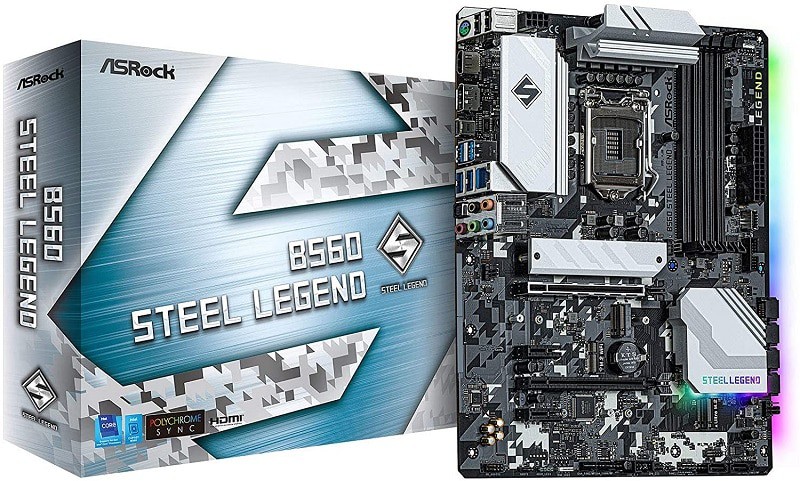
Form Factor
ATX
PCIe Slot
1x PCIe 4.0 x16
SATA ports
6x
M.2 slots
1x PCIe 4.0, 2x PCIe 3.0
RAM ports
4x DIMM 128GB 4800MHz
USB ports
2x USB 3.2 Gen2 Type-C, 6x USB 3.2 Gen1
Other ports / sockets
1x DisplayPort 1.4, 1x HDMI, 1x PS/2
4800MHz RAM support
Affordable
PS/2 socket
No Wi-Fi
Only one M.2 PCIe 4.0 slot for SSDs
Gray camo aesthetics may not be to everyone’s tastes

ROG Maximus XIII Hero Z590
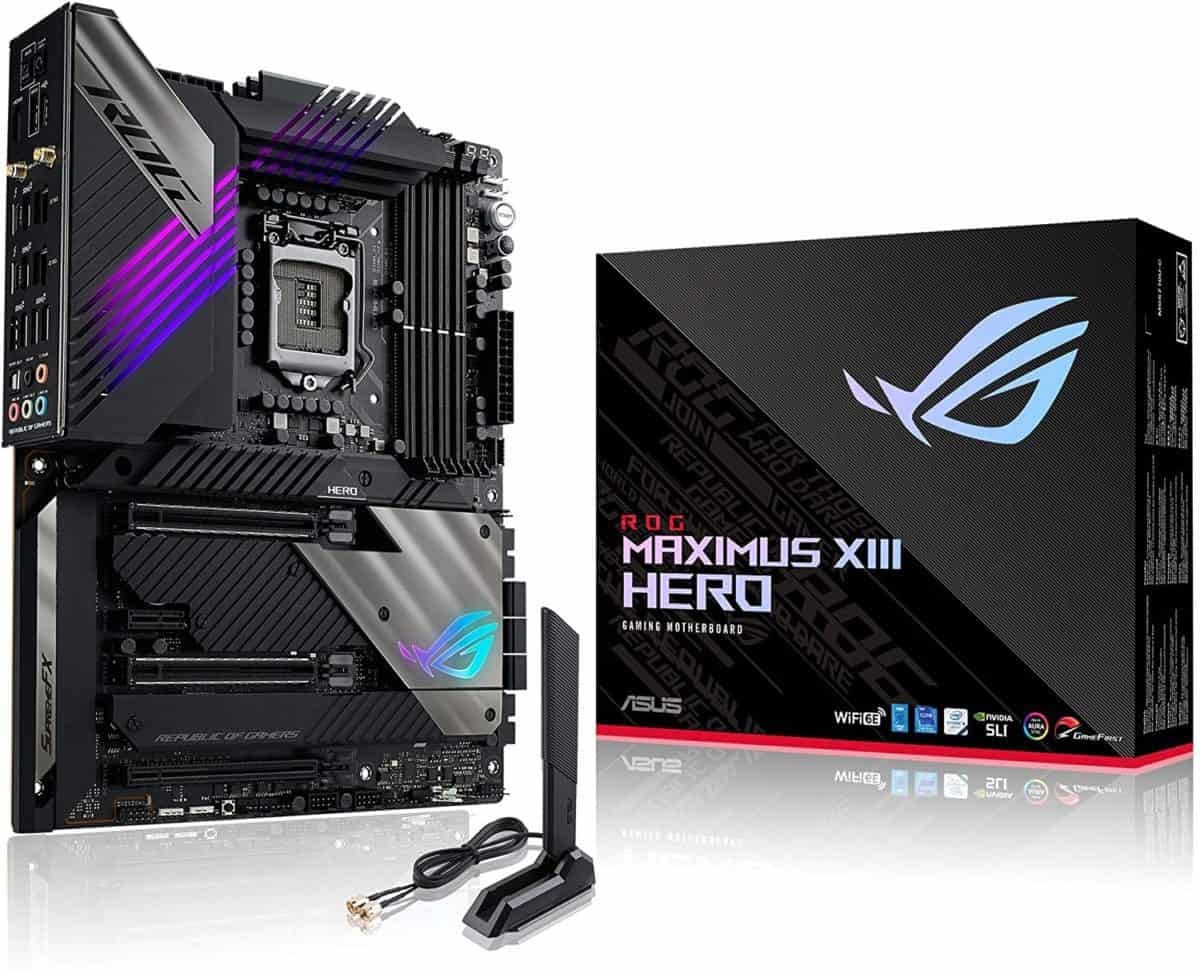
Intended Build
High-end
Form Factor
ATX
Socket
LGA 1200
Chipset
Z590
The Best B560 Motherboards
Some of our top picks for B560 motherboards can be found below. For a more full breakdown of the top 5 B560 motherboards we suggest for different budgets and needs, check out our best of article.
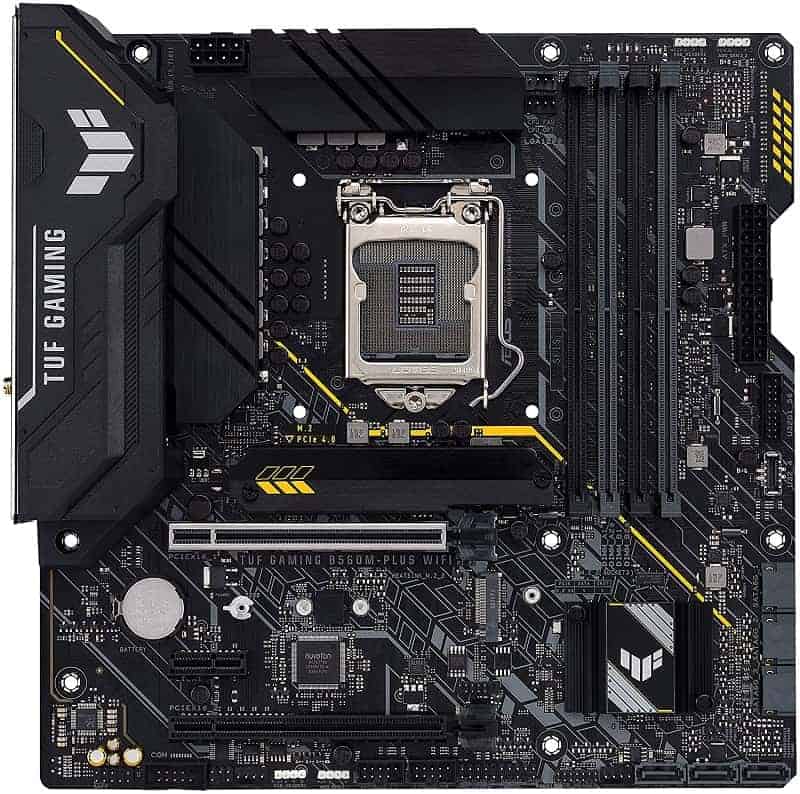
ASUS TUF Gaming B560M PLUS
Form Factor
Micro ATX
PCIe Slot
1x PCIe 4.0 x16
SATA ports
6x
M.2 slots
1x PCIe 4.0, 1x PCIe 3.0
RAM ports
4x DIMM 128GB 5000MHz
USB ports
1x USB 3.2 Gen1 Type-C, 2x USB 3.2 Gen1 Type-A, 2x USB 3.2 Gen2 Type-A, 4x USB 2.0 Type A
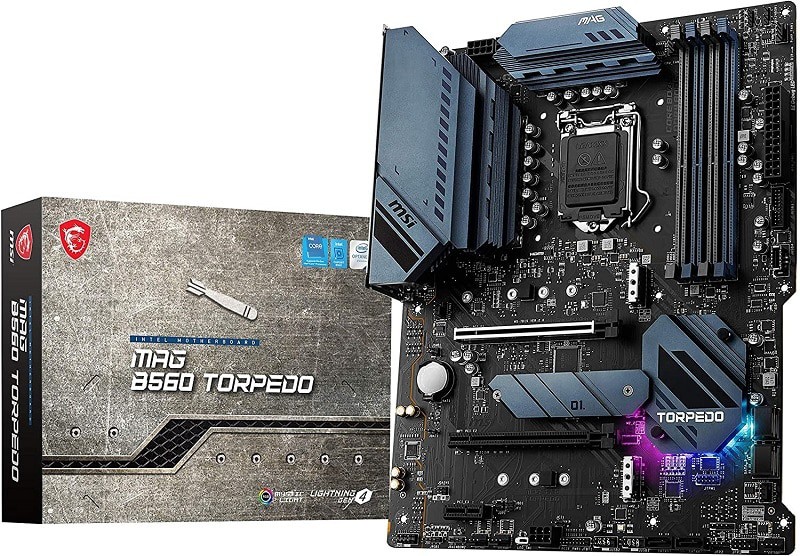
MSI MAG B560 TORPEDO ATX
Form Factor
ATX
PCIe Slot
2x PCIe 4.0 x16, 1x PCIe 3.0 x4, 1x PCIe 3.0 x1
SATA ports
6x
M.2 slots
1x PCIe 4.0, 2x PCIe 3.0
RAM ports
4x DIMM 128GB 5066MHz
USB ports
2x USB 3.2 Gen2 Type-C, 6x USB 3.2 Gen1, 4x USB 2.0
The Best Z590 Motherboards
Some of our best picks for Z590 motherboards can also be seen listed below. A more detailed list can be found on our Best Z590 Motherboard page, where you will get a better idea which model is for you.

ROG Maximus XIII Hero Z590
Intended Build
High-end
Form Factor
ATX
Socket
LGA 1200
Chipset
Z590
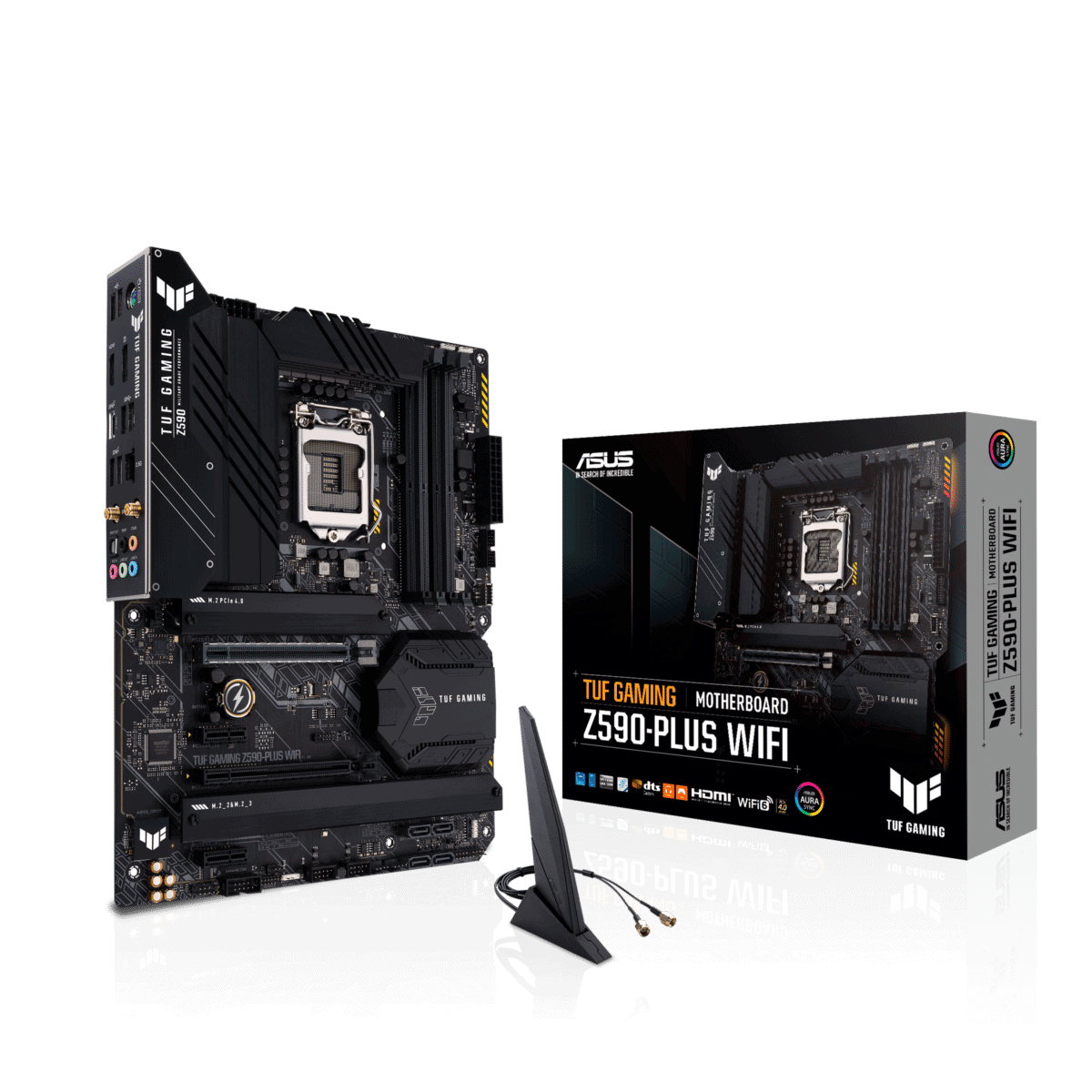
Asus Z590 TUF GAMING Z590-PLUS WIFI
Intended Build
Mid to high-end
Form Factor
ATX
Socket
LGA 1200
Chipset
Z590
The Verdict
All in all then, whether or not you should go with a B560 motherboard or a Z590 really depends on what you’re looking for. If CPU overclocking is your thing, then Z590 is your only option for Intel CPUs of the latest generation. If you’re not looking to overclock your CPU and are aiming at a more rid-range gaming build, then you’d be better off picking a reasonably priced B560 and spending the money on a GPU. Just make sure that the model you pick has all the ports and connections that you want.

